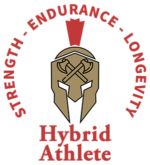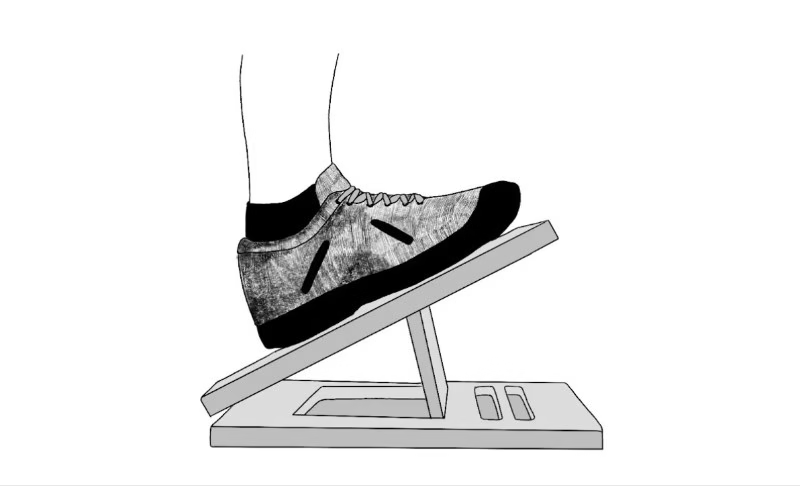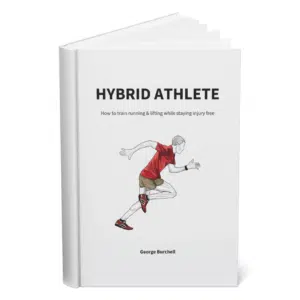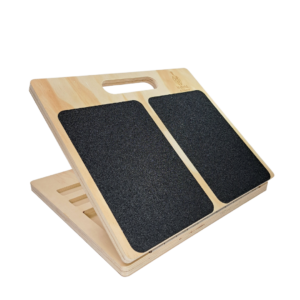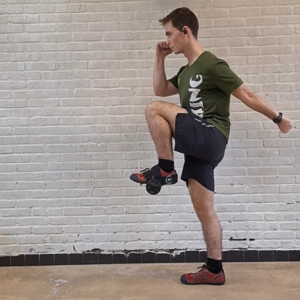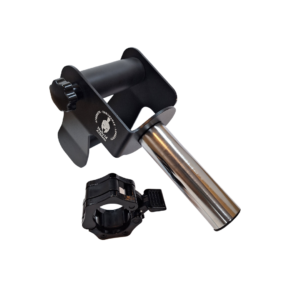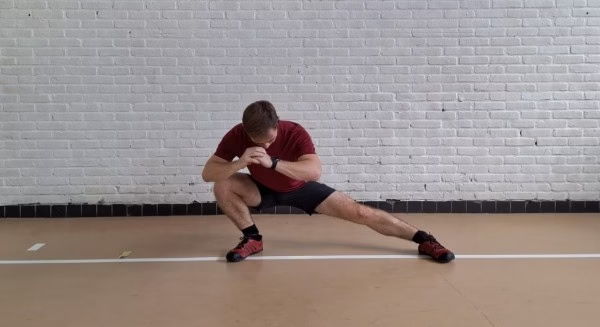
Dynamic vs. static stretching – the question every athlete asks themselves at least once. Which one is better? How to properly stretch? When is it even the best time to do it, and should you do both?
No matter where you are in your athletic journey, stretching is and should be a vital part of it. Whether you like doing it or not, it plays a crucial role in injury prevention and overall longevity.
So, let’s talk about static vs. dynamic stretching and see once and for all which type is best for you. (Hint, hint – it’s most likely dynamic stretching).
Let’s dive in.
Table of Contents
Static Vs. Dynamic Stretching - The Basics
From a biomechanic point of view, stretching is a light-to-moderate physical activity that refers to elongating your muscles (and the tendons that support it). There are multiple schools of thought when it comes to how to do it to reap the most benefits.
But to fully understand it, it’s best if we start by explaining what static and dynamic stretching are.
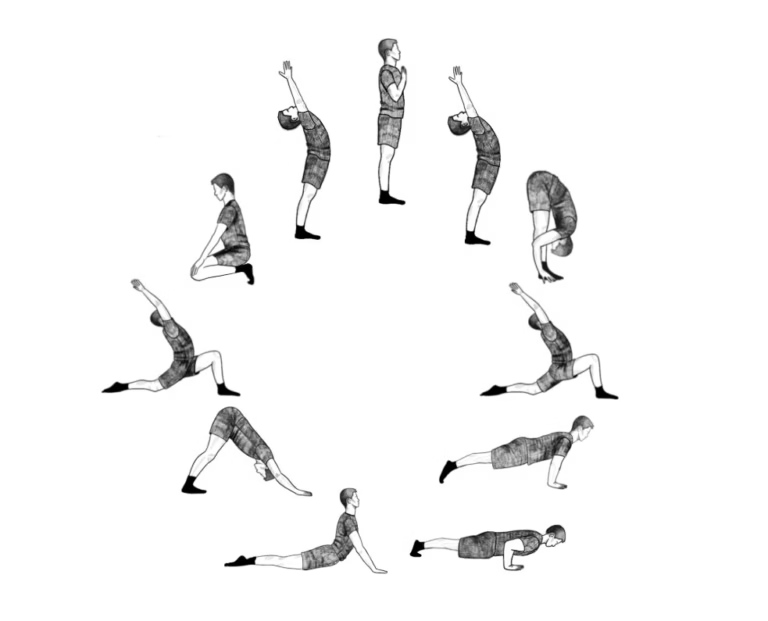
What is Static Stretching?
Simply put, static stretching involves pushing a muscle (or a muscle group) to its range of motion and holding that position for 20 to 60 seconds. The goal of static stretching is to allow your muscles and ligaments to stay in the elongated position, without putting any extra load on them or moving them in any direction.
Static stretching comes in two forms – active and passive.
Passive static stretching is done with the help of another person or a gym prop like elastic bands. These are meant to push the boundaries of your flexibility beyond your muscles’ limits.
On the other hand, active static stretching uses your own muscles as a source of resistance. It uses the agonist-antagonist reciprocal activation, where the agonist (e.g. hamstring) is stretched by the antagonist (quadriceps).
Static Stretching Pros:
- Improved isometric control
- Increased flexibility
- Relaxing effect if done before sleep
- Overall positive effect on the myofascial system
Static Stretching Cons:
- May cause overstretching if not done correctly
- Can reduce performance if performed before exercising
- Not an effective warm-up routine
- May cause injuries if done before exercising due to connective tissue overstretching
What is Dynamic Stretching?
Dynamic stretching, as the name suggests, is stretching done through (controlled) movement. During dynamic stretching, there are no pauses in the stretched position longer than up to 3 seconds. This type of stretching involves actively taking your muscles through the full range of motion.
Dynamic stretching is a great way to prepare for running or resistance training because it warms up your muscles, ligaments, and most importantly – the joints. That’s why it’s important to pick a correct dynamic stretch routine that suits the exercises you’re about to perform. Another thing to keep in mind is to keep the dynamic stretching exercises in light-to-moderate intensity to avoid unnecessary fatigue.
Dynamic Stretching Pros:
- Excelent warm-up for both running and weight-training
- Actively increases ROM (range of motion)
- Helps prevent injuries around joints
- Great for discovering muscle and mobility disbalances
Dynamic Stretching Cons:
- It’s fairly easy to overdo it, which leads to fatigue
- Can lead to premature overload of smaller muscles
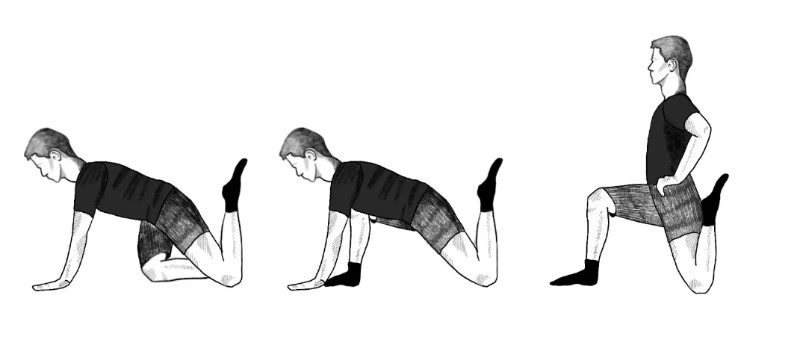
Is dynamic stretching better than static stretching?
The short answer is – yes.
The long answer is – yes, but only if done properly. Jokes aside, there has been more and more evidence that dynamic stretching has far more benefits, both from a performance and injury-prevention point of view.
The main reason why dynamic stretching is superior to static is that it prepares your body for the exercises that follow. It also helps you get into the zone for compound lifts (e.g. deadlifts, squats, bench press).
On top of everything, doing static stretching before exercising can lead to injury due to the extra strain on the ligaments and intricate, smaller muscles.
Let’s go through some examples.
Examples of Static vs. Dynamic Stretching
Standing Calf Stretch
A standing calf stretch (e.g. done from a step or a plyo box) is a form of active stretch (with a little help of gravity). Essentially, by letting your heels dive into deep dorsiflexion, your calves (gastroc and soleus) are getting stretched while the tibialis anterior supports them.
These positions shouldn’t be held for longer than 45 seconds since they can cause Achilles tendon overstretch, which can significantly hinder performance and promote injuries.
Standing Calf Raises
On the other hand, if you do full ROM calf raises (also from an elevated position), you get to activate all the intricate muscles of the foot, ankles, and shins. This is a healthier way to develop deeper dorsiflexion, as well as plantar flexion, since you need to push back up.
Calf raises are a must-do exercise for any athlete that runs, jumps, or lifts heavy. We recommend our favorite – the FHL calf raise.
Static Vs. Dynamic Stretching - When Should You Do Them?
Let’s make things simple.
Static stretches develop flexibility, and that is great. However, you should do these flexibility exercises either after a workout to promote recovery or, even better, before bed.
Dynamic stretches, however, should be done before running or exercising. Here’s how you plan it:
- For leg day, take 3 to 5 exercises that target the joints and do a single set, no extra weight, up to 15 controlled reps. A good start would be: calf raises, side lunges, KOT squats.
- For upper body day, it’s important to warm-up your shoulder joints. Same principle: 3 to 5 exercises, use light resistance bands, up to 15 controlled reps. A good start would be: banded shoulder rotations, thread the needle, and banded face pulls.
Why You Need To Start Stretching Before (dynamic) and After (static) Exercising
So, when we look at the facts, the static vs. dynamic stretching debate isn’t that difficult to grasp.
Use dynamic stretching to warm up before a run or a lifting session, and use static stretching to promote recovery after exercising or before going to sleep.
This way, you help your body reach better ROM, recover faster, and most importantly – prevent injuries.
Remember, motion is lotion, but do not overdo it. Use stretching as a helping hand to prepare you for the following athletic event (competitive and recreational).
Get the best Knees Over Toes Equipment Here:
GET THE BEST INJURY-PREVENTION TRAINING EQUIPMENT:
Above all, a storyteller. Then comes marketing, branding, writing music, powerlifting, and woodworking.
